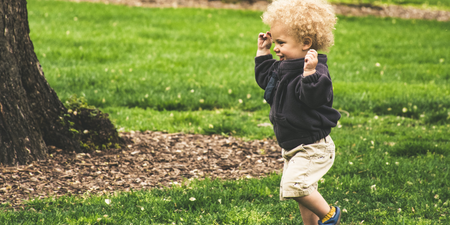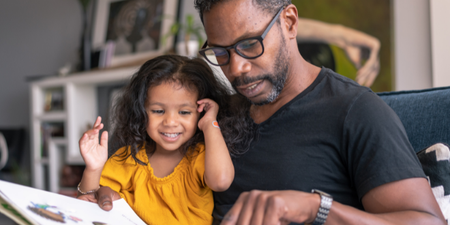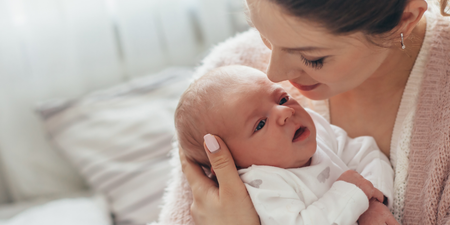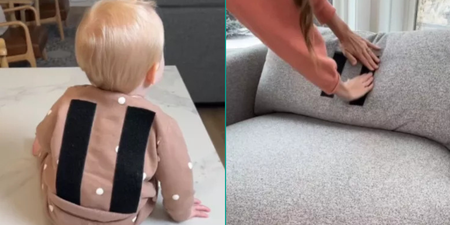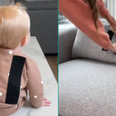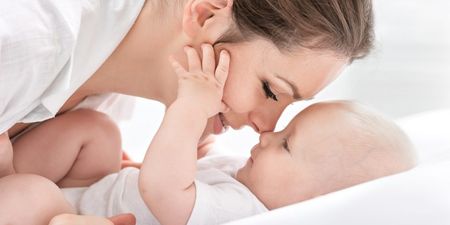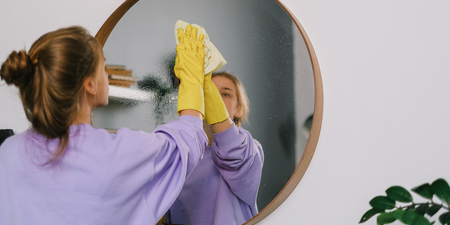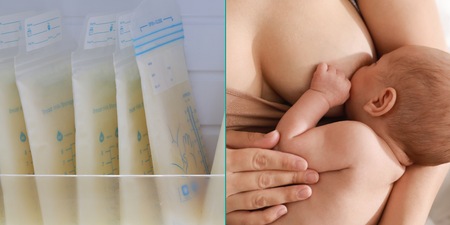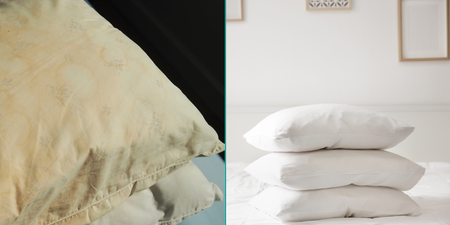Welcome to the first in a three-part series of exclusive extracts taken from No Fuss Baby & Toddler Sleep – a brand new book that launches today, and is written by our very own Resident Sleep Expert, Niamh O’Reilly.
Extract one: Moving your baby into his or her own room
“The best time to start the move out of your room and into the baby’s own room is when the baby is younger, rather than older. As I stated earlier, most of the official guidelines recommend that you and your baby sleep in the same room until the little one is six months old. Many will have made the move before this for various reasons, but most people wait until the six-month mark.
There are some babies who are simply ‘noisy sleepers’ and are ‘evicted’ quite early on. (I don’t believe that parents who decide to make the move early are bad parents. They are usually just being quite practical and simply want everyone to have as good a night’s sleep as possible!) The longer you leave it, though, the harder it is going to be to remove your baby from his or her recognised place of sleep. Also, as your baby gets older and more aware of their surroundings, chances are you are waking them as often as they wake you. You may grumble or groan in your sleep just as the baby switches from one cycle to another, and, hey presto, baby is awake! The little one thinks you’re up and it’s party time! Noooooo!
Having said this, you have to be ready too. It is your choice. Don’t feel bullied or pressurised into moving your baby unless you are ready. As an ‘in between’ or transitional step, and depending on the size of your bedroom, you can start to move the cot away from its close position at the side of your bed. You can edge the cot gradually further away from you and head it towards the door! If your baby is going to be sharing your room for a while, however, due to space restrictions at home, then a good place for the cot is at the foot of the bed. You are far enough away for your infant not to be able to see you directly and yet near enough should you need to tend to your little one during the night.
The important thing, though, is to make sure that the place where your baby is going to sleep at night, alone, is comfortable, safe and familiar. If you haven’t already done so, you could try to put your baby in the cot in the new bedroom for the daytime snoozes, so that baby learns to feel secure in this new sleeping environment. Eventually, you will manage to move your baby fully into his or her own room. Spending a lot of time in the baby’s bedroom with the baby, especially during wind-down time or the last bedtime bottle/feed time, can also help the little one to feel comfortable and relaxed. Some parents might choose to wait in the room with their baby until he or she falls asleep, while others may prefer to leave the room.
Sometimes it is argued that staying with babies as they fall asleep is making a rod for your own back. The logic behind this is that if your baby needs you around in order to fall asleep, then they will expect you to be there when rousing, even briefly, later on. And if the baby wakes up during the night, it might be difficult for the little one to fall asleep without his or her ‘association’, which is you! In the end, however, it is up to you to find out what works best for you and your child, particularly as you go through a period of change.”
No Fuss Baby & Toddler Sleep by Niamh O’Reilly is published by Mercier Press and is available to buy now from all good book stores or online from Amazon.com.











